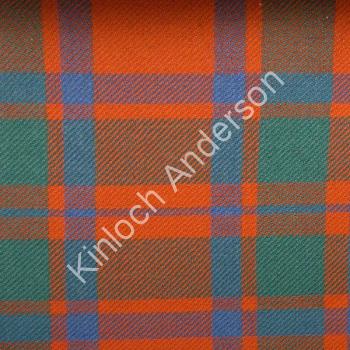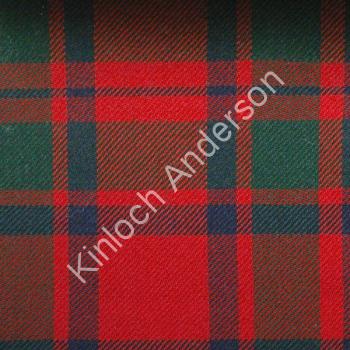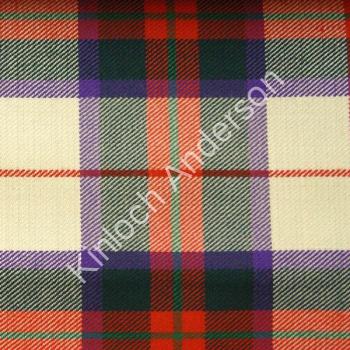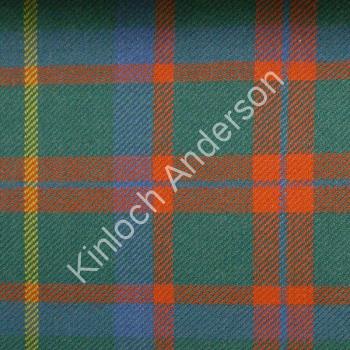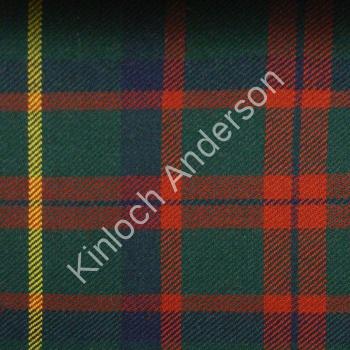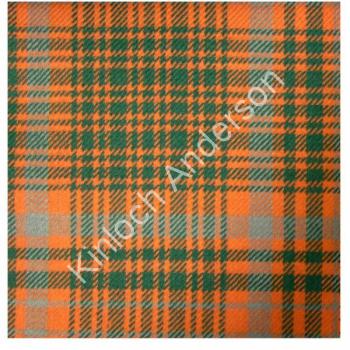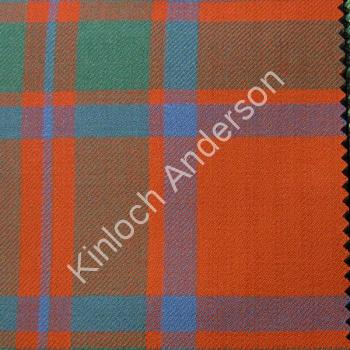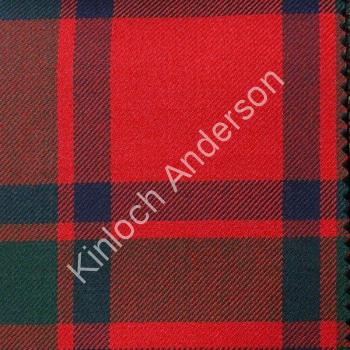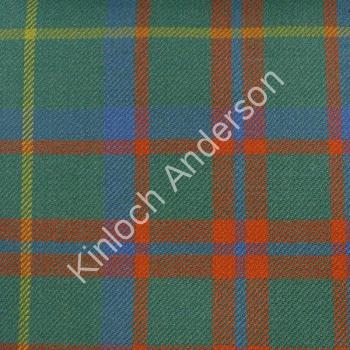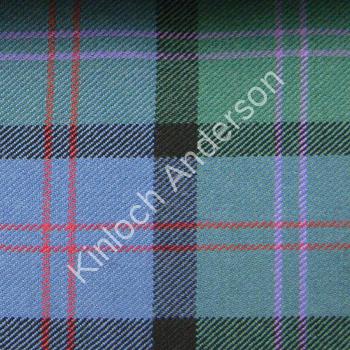discover
KINLOCH ANDERSON
Sign up to our newsletter and receive exclusive offers and everything you need to know about Highland Dress!
You can unsubscribe at any time.
Email:
Article
MacIntosh
Motto: Loch Moigh
Mac(K)Intosh results from the Anglicisation of the Gaelic name ‘Mac-an-toisich’. In old Gaelic ‘toisech’ meant ‘chief, leader or front man’. The ‘k’ is intrusive, the result of the ‘c’ being pronounced hard. The name is usually associated with the Clan of the same name from Inverness=shire. There was also a small Clan of the same name in Perthshire. There does not appear to be a connection between the two as the latter come from a MacDonald link (John of Islay).
The Clan MacIntosh are descended from the Shaw, second son of Duncan, earl of Fife who accompanied Malcolm IV on an expedition to Moray in 1160, and was rewarded with land there and made Constable of Inverness Castle.
Clan MacIntosh are members of Clan Chattan, a confederation of clans claiming descent from the Bailie of the Abbey of Kilchattan in Bute. This also includes MacPhersons, MacGillivrays, Davidsons, MacPhails, MacBeans, Gows, Clerks and MacThomases.
During the 17th century the Chiefship was in dispute between the Chief of the MacPhersons and MacIntoshes, settled for MacIntosh in 1692. The MacIntoshes, and the rest of the Clan Chattan, supported James I against the Lord of the Isles during the 15th century, gaining possession of Lochaber, Keppoch and Innerorgan as a result (although they continued to be controlled by the MacDonalds).
During the revolution of 1688, the clan followed the new monarch but in 1715 and ’45, they supported the Stuart cause. Two of the most famous MacIntoshes of recent times are Charles Mackintosh (1766-1843), who created the process for waterproofing and creating rainwear, and Charles Rennie MacKintosh (1868-1928), the famous artist and architectural designer from the ‘Glasgow School’. The tartan is too well authenticated to admit doubt or question, with only minor differences in two counts.

Refine search
Choose from one of the MacIntosh tartans listed below:



